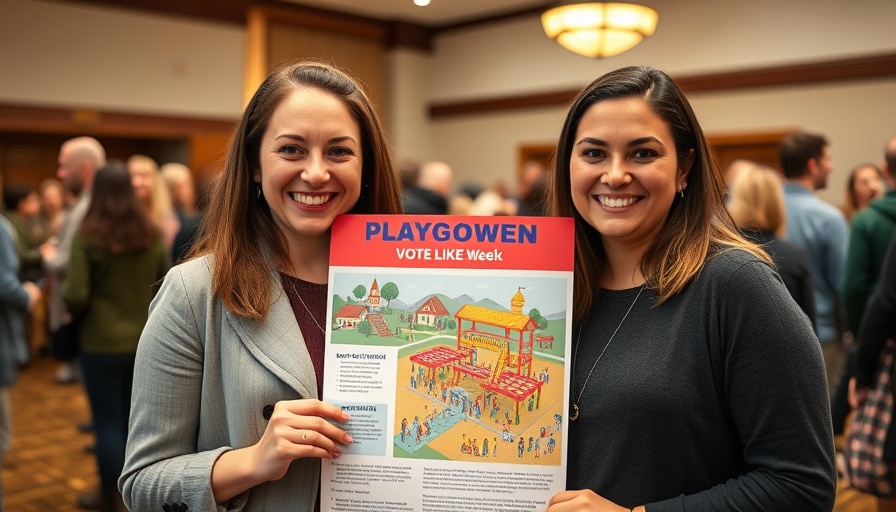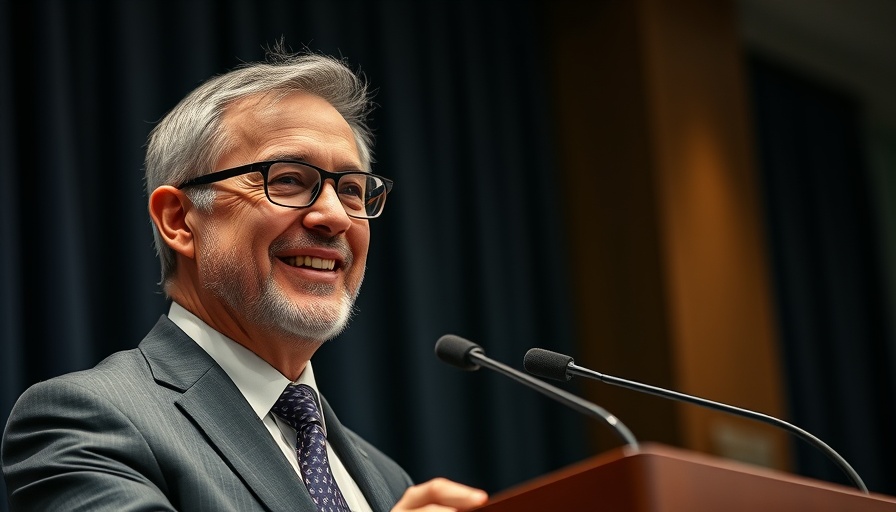
Participate in Democracy: A Week to Shape Our Community
From March 29 to April 6, 2025, New York City is offering residents an extraordinary opportunity to engage directly in their local governance through Participatory Budgeting (PB). Residents aged 11 and older can vote for funding projects that will greatly impact schools, parks, libraries, and other community assets.
Why Your Vote Matters
NYC Council Member Erik Bottcher emphasizes the significance of this event, calling it 'democracy in its purest form.' With each vote, residents can reflect their community’s unique needs and priorities in public spending. This initiative empowers citizens to influence decision-making processes directly and ensures that their voices are represented.
What’s on the Ballot?
The District 3 PB ballot features various projects across three main categories: Arts, Education, and Parks & Recreation. For instance, residents can support upgrades to library technology, playground renovations, and restroom improvements in schools. Each voter can cast up to three votes, making the process both engaging and impactful.
How to Vote
Voting can be done online for convenience. However, in-person voting opportunities are spread across various locations, ensuring accessibility to all community members. Notably, events at locations like Abingdon Square and Manhattan Plaza provide a platform for additional experiences, including community composting programs.
Looking Ahead: The Value of Local Engagement
Participatory Budgeting has the potential to reshape communities and directly reflect the desires of their residents. Engaging in voting is not just about influencing immediate projects; it sets a precedent for continuous civic involvement and responsive governance.
 Add Row
Add Row  Add Element
Add Element 



Write A Comment